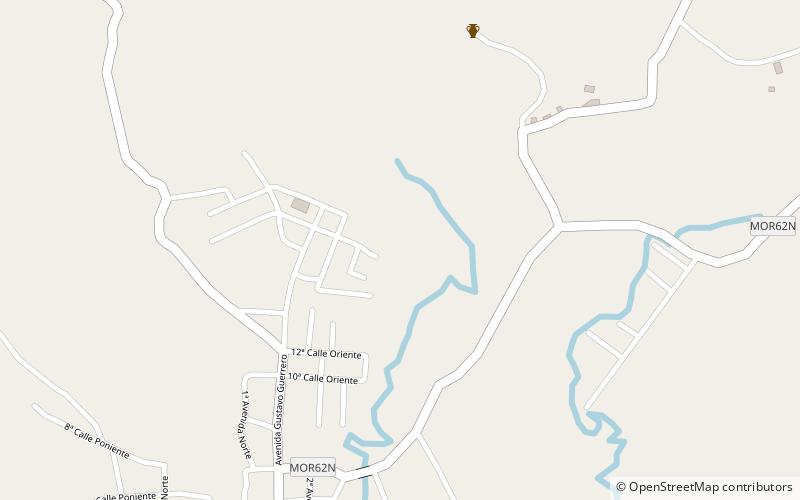Holy Spirit Grotto


Facts and practical information
The Holy Spirit Grotto, also known as Corinto Cave, in Corinto, Morazán, El Salvador, is a registered national monument of petroglyphs. The cave is largely associated with the Xibalba legend. The archaeologist Wolfgang Haberland performed studies in the late 1970s indicating the art belongs to the pre-Classic stage of Mesoamerican civilization. The cave likely got its name due to the Mesoamerican association of caves with the underworld, meaning that they are "considered an entrance to the underground world governed by spirits and deities of death, disease, water, and fertility." The cave is an important cultural and religious site for the Lenca nation, forming part of their traditions and legends of the place where ancestors of Balam Colop parted, according to their legends and traditions, is father of all Lenca people, given the association of caves with the underworld by Mesoamericans, the name of 'Holy Spirit Cave' is ironic and perhaps an attempt by early Spanish to "exorcise" the cave in El Salvador. The "holy" nature of this cave is further confirmed by a man named Don Argelio Alvarez, who happens to be one of its guardians. Roughly translated, he claims that the cave contains "something magical and inexplicable that inspires tranquility and peace." Many people from various religious groups also continue to visit the site and carry out ceremonies, such as what Don Argelio believed to have taken place in the cave many centuries ago. However, it is entirely possible that the cave was instead used for other means. A German scientist found some handcrafted arrows and knives made of obsidian within the cave, leading him to believe that it may have actually been a shelter for hunters instead. ()
Morazán
